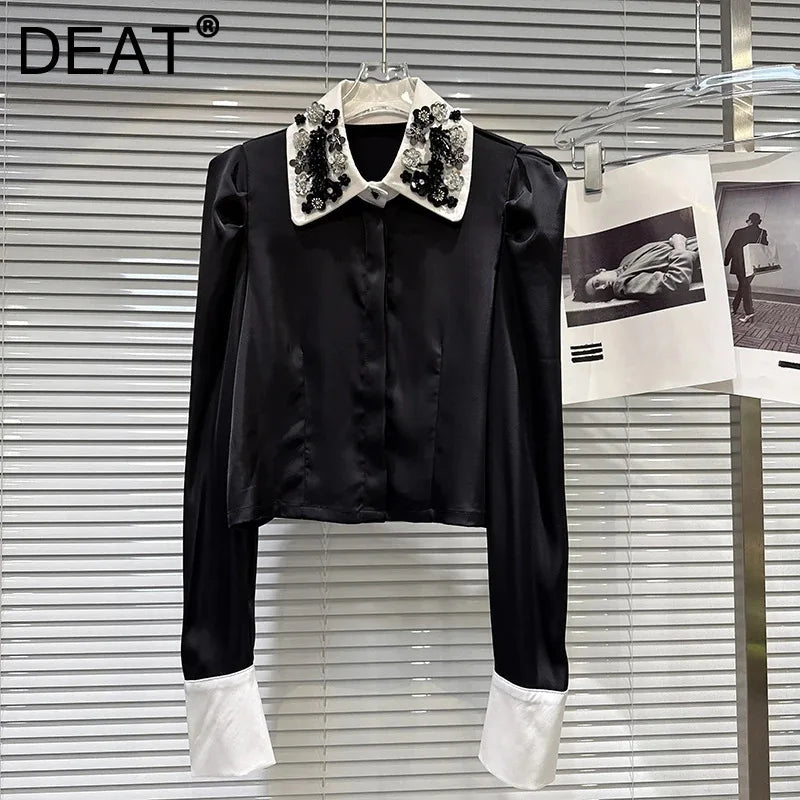Recently Viewed Products

The History of the Bikini: From Scandalous to Stylish
The bikini, a two-piece swimsuit, is a staple in today's fashion industry. Women around the world have embraced it as a symbol of confidence and freedom, but this wasn't always the case.
In fact, the triangle bikini has a controversial history that spans over seven decades. From its inception to present-day trends, the green bikini has gone through numerous transformations.
In this article, we'll take a closer look at the history of the Black Bikini, how it has evolved over time, and why it remains a popular choice for women today.
Table of Contents
- The Bikini: A Controversial History
- The First Bikini: A Shocking Introduction
- The Bikini Goes Mainstream
- The Bikini in Pop Culture: Iconic Moments
- The Bikini Today: Fashion and Trends
- Bikini Confidence: Empowering Women
- Ethical and Sustainable Bikinis: A Growing Trend
- The Future of the Bikini: What's Next?
- The Cultural Significance of the Bikini
- The Bikini and Body Positivity
- The Bikini and Feminism
- The Bikini and Sexuality
- The Bikini and Social Media
- How to Choose the Perfect Bikini
- Conclusion
The Bikini: A Controversial History
The see thru bikini was first introduced in 1946 by French designer Louis Réard. It was named after the Bikini Atoll, a site in the Pacific where the United States had recently conducted nuclear tests. The bikini was revolutionary because it showed more skin than any other swimsuit at the time. This caused an immediate scandal, with critics calling the bikini "immodest," "indecent," and even "sinful."
The First Bikini: A Shocking Introduction
The first sheer bikini was made of just 30 square inches of fabric and was so small that no model would wear it. Réard eventually found a dancer named Micheline Bernardini to model his creation at a Parisian pool party. The event was heavily publicized and caused a sensation. The bikini was considered so scandalous that it was banned in several countries, including Italy, Spain, and Australia.
The Bikini Goes Mainstream
Despite the initial controversy, the white bikini began to gain popularity in the 1950s, thanks in part to Hollywood actresses like Brigitte Bardot and Marilyn Monroe. It became a symbol of freedom and women's liberation. The bikini's popularity continued to grow throughout the 1960s, and by the 1970s, it had become a mainstream fashion staple.
The Bikini in Pop Culture: Iconic Moments
Over the years, the bikini has had many iconic moments in pop culture. From Ursula Andress emerging from the ocean in a white stripe bikini in the James Bond film "Dr. No" to Farrah Fawcett's red swimsuit poster that sold millions of copies, the bikini has played a significant role in shaping popular culture. It has also been a source of controversy, such as when Halle Berry wore an orange bikini in the James Bond film "Die Another Day" and was criticized for being too old to wear a bikini.
The Bikini Today: Fashion and Trends
Today, the tiny bikini has evolved to become more than just a swimsuit. It is a fashion statement that reflects personal style and body confidence. The modern bikini comes in a variety of styles, from classic triangle tops to high-waisted bottoms. Bold colors, prints, and embellishments have also become more popular in recent years.
Bikini Confidence: Empowering Women
The bikini has long been associated with confidence and empowerment. It allows women to show off their bodies and embrace their
curves. For some, wearing a bikini can be a challenging experience, but for others, it is a source of pride and self-expression. The bikini has helped to challenge beauty standards and promote body positivity. Many women feel more confident and empowered when wearing a bikini, and this has led to the creation of numerous campaigns and movements that celebrate bikini bodies of all shapes and sizes.

.
Ethical and Sustainable Bikinis: A Growing Trend
As consumers become more conscious of the environmental impact of fashion, ethical and sustainable bikinis are becoming increasingly popular.
These bikinis are made from eco-friendly materials, such as recycled nylon and organic cotton. They are also produced using ethical labor practices, such as fair wages and safe working conditions.
The rise of ethical and sustainable fashion is a positive step towards a more sustainable future for the fashion industry.
The Future of the Bikini: What's Next?
The bikini has come a long way since its controversial beginnings. It has evolved to become a fashion staple and a symbol of female empowerment. So, what's next for the bikini?
It is likely that we will continue to see new styles and trends emerge, as well as a continued focus on sustainability and ethical production.
The bikini will likely continue to be a source of controversy, but it will also continue to empower and inspire women around the world.

.
The Cultural Significance of the Bikini
The bikini has played a significant role in shaping popular culture and has become a symbol of freedom, beauty, and confidence. It has also been a source of controversy and has challenged societal norms and beauty standards. The bikini has been embraced by people of all cultures and backgrounds, and its cultural significance will likely continue to evolve in the years to come.
The Bikini and Body Positivity
The bikini has been a powerful tool in promoting body positivity and challenging beauty standards. It has helped to empower women to embrace their bodies and feel confident in their own skin.
The rise of body positivity and inclusivity has led to a greater acceptance of diverse body types and has helped to create a more inclusive and accepting society.
The Bikini and Feminism
The bikini has been both celebrated and criticized by feminists over the years. While some see it as a symbol of liberation and female empowerment, others view it as a tool of oppression and objectification.
The debate surrounding the bikini and feminism is complex, but it is clear that the bikini has played a significant role in the ongoing struggle for gender equality.
The Bikini and Sexuality
The bikini has long been associated with sexuality and has been used to sell everything from perfume to cars. While some argue that the bikini objectifies women and reinforces harmful stereotypes, others see it as a celebration of female beauty and confidence.
The relationship between the bikini and sexuality is complex, but it is clear that the bikini has become a powerful symbol of female sexuality and empowerment.

.
Related: 5 Ways to Style Your Bikini Top as a Crop Top for a Stylish Summer Look
The Bikini and Social Media
Social media has played a significant role in shaping the way we view bikini. It has helped to promote body positivity and inclusivity, but it has also contributed to the hypersexualization of women's bodies.
The bikini has become a popular subject on social media, with countless influencers and celebrities sharing their bikini photos online.
Social media has helped to create a more diverse and accepting culture around the bikini, but it has also reinforced harmful beauty standards and objectification.
How to Choose the Perfect Bikini
Choosing the perfect bikini can be a daunting task, but there are a few things to keep in mind.
Consider your body type, personal style, and comfort level when choosing a bikini.
Look for a bikini that accentuates your best features and makes you feel confident and comfortable. Don't be afraid to try new styles and trends, but always prioritize comfort and confidence over fashion.
Conclusion
bikini has come a long way since its scandalous debut in 1946. It has evolved to become a fashion staple and a symbol of female empowerment.
While the bikini has faced controversy and criticism over the years, it has also helped to challenge societal norms and promote body positivity and inclusivity.
From the rise of sustainable and ethical fashion to the impact of social media, the bikini continues to play a significant role in shaping popular culture and the fashion industry.
As we look to the future, it is likely that we will continue to see new styles and trends emerge, as well as a continued focus on sustainability and inclusivity.
The bikini will continue to empower and inspire women around the world, while also challenging societal norms and promoting gender equality.
FAQs
-
Who invented the bikini?
French engineer Louis Réard invented the bikini in 1946.
-
Was the bikini always accepted in society?
No, the bikini faced controversy and criticism in its early years due to its revealing design.
-
Are ethical and sustainable bikinis expensive?
Ethical and sustainable bikinis can be more expensive than fast fashion alternatives, but they are a positive step towards a more sustainable and ethical fashion industry.
-
Can anyone wear a bikini?
Yes, anyone can wear a bikini regardless of their body type or size. The bikini has helped to promote body positivity and inclusivity.
-
How do I choose the perfect bikini?
When choosing a bikini, consider your body type, personal style, and comfort level. Look for a bikini that accentuates your best features and makes you feel confident and comfortable.
Don't be afraid to try new styles and trends, but always prioritize comfort and confidence over fashion.























